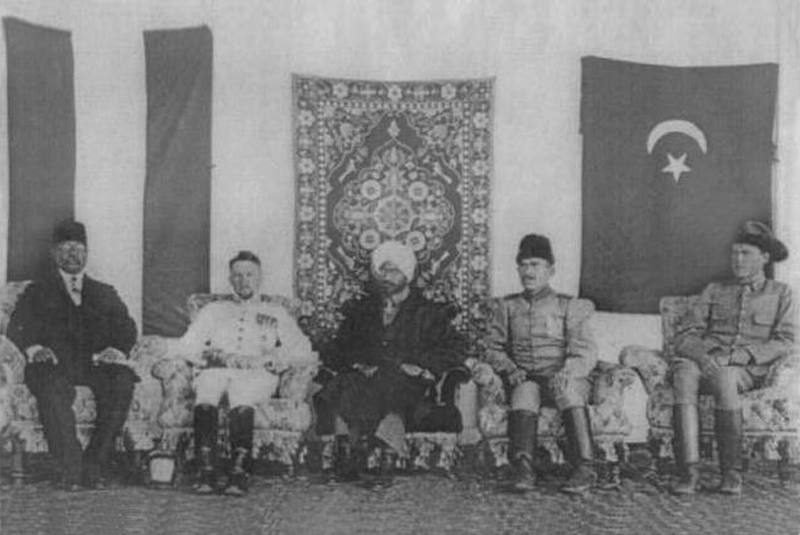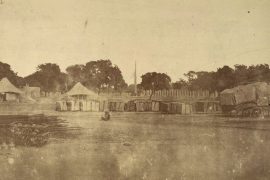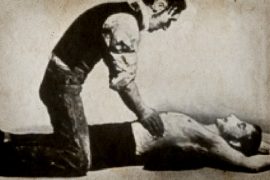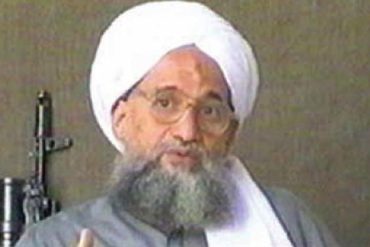An Irishman, a German and a Sikh revolutionary walked into a (figurative) bar. The outcome was not a punchline, but the largest pan-global conspiracy of World War I.
It ended, as many failed conspiracies, in a courtroom – this time in San Francisco. On one side were attorneys from the United States aided by British secret agents. On the other, the co-conspirators Ram Chandra and Ram Singh, aided by Irish-American attorneys. It was the most expensive trial in history at the time, costing three million dollars. Its climax came, not with a judgment, but with gunshots in the courtroom.
Ram Chandra shot his co-defendant, Ram Singh, thrice – once in the heart and twice through the body. He would have fired more – but a United States Marshall shot him in the head over the heads of the other people in the courtroom.
How did things turn out this way? What made the idea of Indian independence become a global affair? And why did Ram kill Ram in the final moment?
-30-
Copyright©Madras Courier, All Rights Reserved. You may share using our article tools. Please don't cut articles from madrascourier.com and redistribute by email, post to the web, mobile phone or social media.Please send in your feed back and comments to [email protected]











